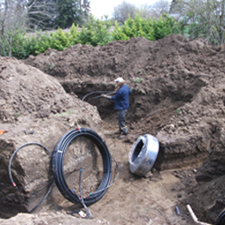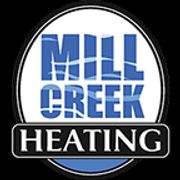
These days, most homeowners are eager to find ways to increase energy efficiency and reduce their carbon footprints. According to Mill Creek Heating of Turner, OR, one of the best ways to make this wish a reality is to invest in a geothermal heat pump. However, despite their effectiveness, many families are still in the dark when it comes to this enlightening solution. Keep up with the times by considering the following explanation of geothermal heat pump operation.
How Does a Geothermal Heat Pump Work?
Geothermal heat pump and traditional heat pumps both use pressurized coolant to move hot air. However, while conventional pumps work with heat in the air, geothermal models rely on pipe networks within the ground. Within this network, the system can either draw heat from the ground or deposit it there to warm or cool a home.
 At a certain point beneath the earth’s surface, the temperature remains constant, regardless of the weather outside. Therefore, it’s much more reliable to work with underground temperatures than the constantly fluctuating outdoor air. As a result, it takes merely one kilowatt per hour for geothermal heat pumps to generate 12,000 BTU of hot or cool air.
At a certain point beneath the earth’s surface, the temperature remains constant, regardless of the weather outside. Therefore, it’s much more reliable to work with underground temperatures than the constantly fluctuating outdoor air. As a result, it takes merely one kilowatt per hour for geothermal heat pumps to generate 12,000 BTU of hot or cool air.
How Will This Benefit Me?
Since geothermal heat pumps are so energy-efficient, they can lower household utility bills by up to 70%, and they are 50% more efficient than leading gas furnaces. Plus, since they are located underground and don’t rely on a fan to draw in air, geothermal heat pumps are essentially noiseless. Best of all, many homeowners can snag tax breaks for making this switch to sustainable energy and lowering their carbon footprint.
If you’re interested in outfitting your home with this state-of-the-art system, conserving energy, and saving money, contact Mill Creek Heating of Turner, OR, today. They specialize in smart HVAC systems, and they will ensure your geothermal heat pump fulfills your household needs. For more information on their services, call (503) 749-1000 or visit their website.
About the Business
Have a question? Ask the experts!
Send your question

